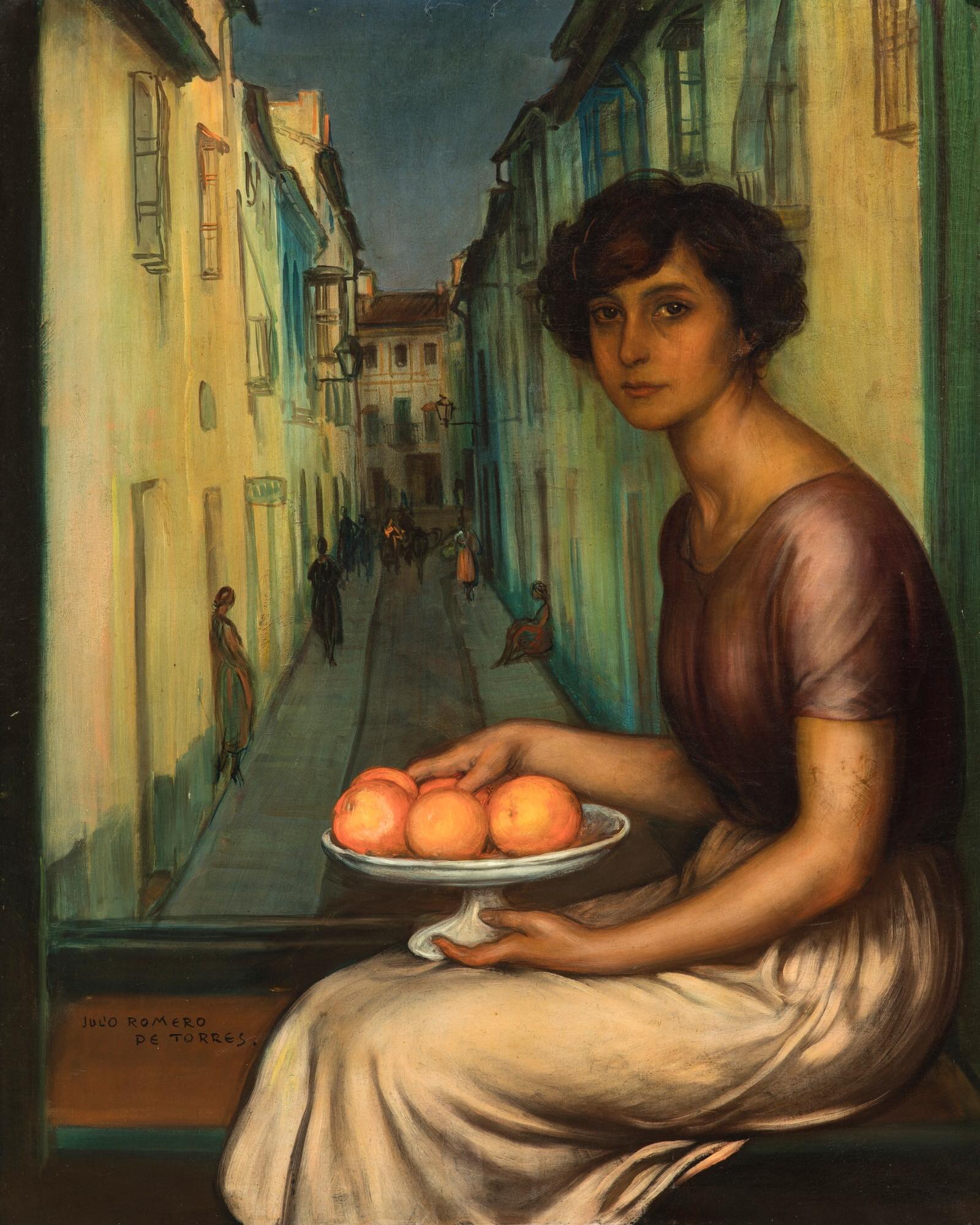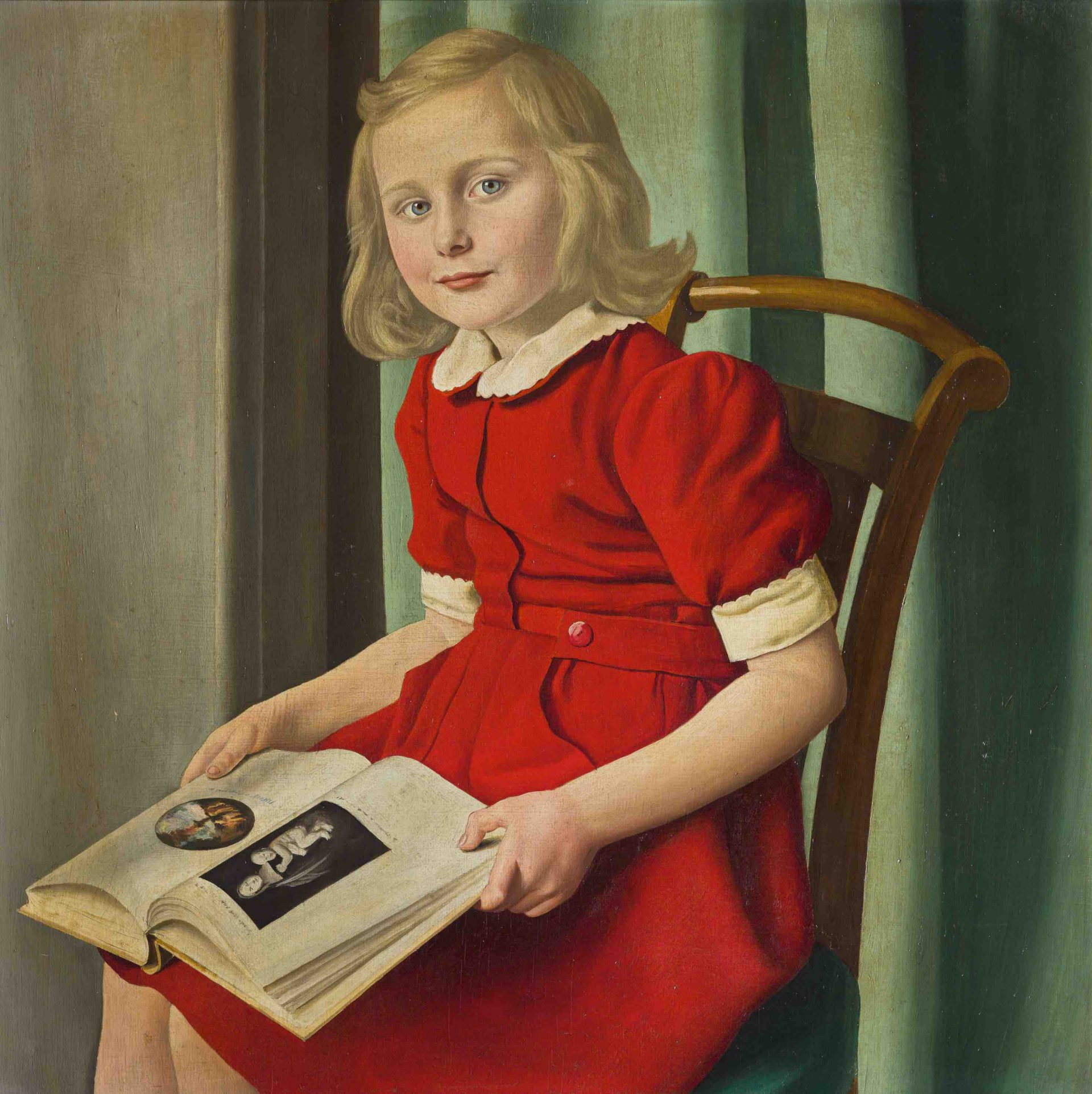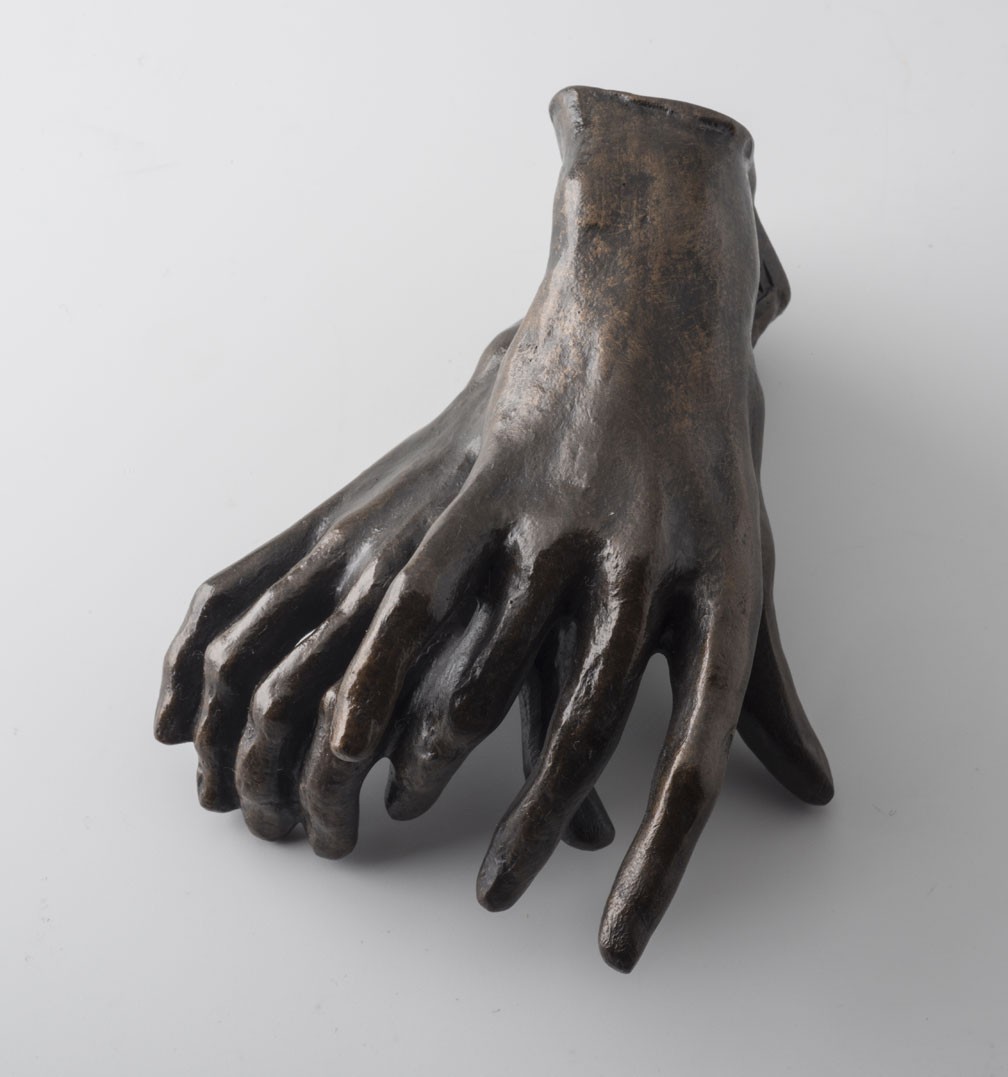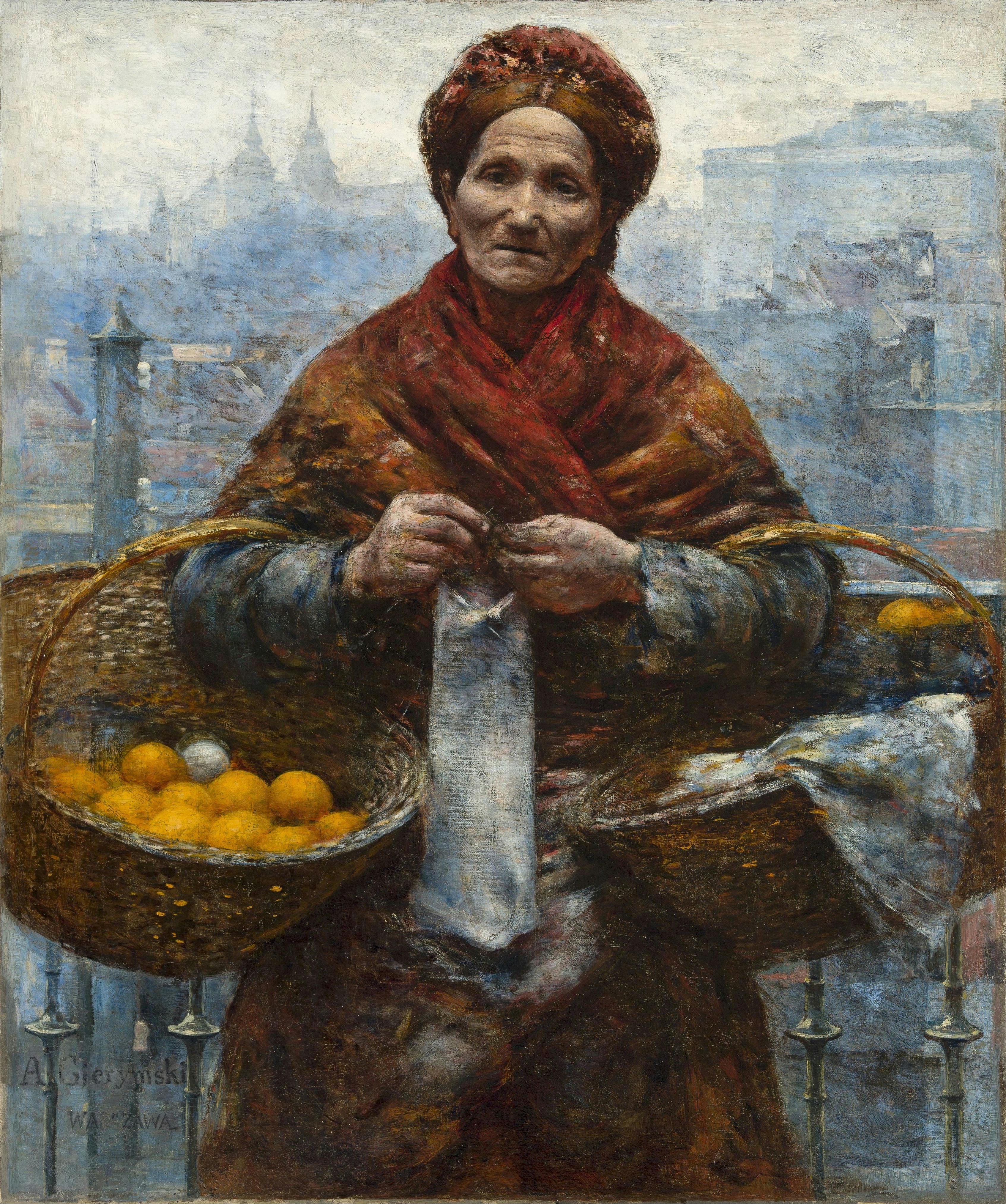Julio Romero de Torres (1874-1930) was the son of Rafael Romero Barros, a painter and curator of what was then called the Museum of Painting in Cordoba.
He would be marked by family life which revolved around his father’s studio, the classrooms of the School of Fine Arts and Music Conservatory and the galleries of the museum, located in the same grounds as the family home.
This indisputably conditioned his future and was the backdrop to his first steps as a painter.
At the age of ten he began studying music and painting and was only fourteen and fifteen when he received prizes in the competitions organised by the Provincial School and the Athenaeum.








